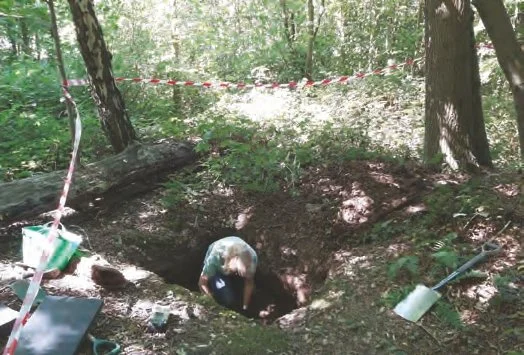
KAS Magazine, Issue 114, Winter 2020
Contributions to the next issue are welcome. See the guidance for contributors and contact Editor Craig Campbell.
Search page
Search within this page here, search the collection page or search the website.
Membership Matters
Welcome from the Editor
KAS Magazine, Issue 114 (Winter 2020), Maidstone: Kent Archaeological Society.
KAS Magazine, Issue 114 (Winter 2020), Maidstone: Kent Archaeological Society.
Stephen Clifton (MAAG), 2020, KAS Magazine, Issue 114 (Winter 2020), Maidstone: Kent Archaeological Society.
Gary Bennett (Founder, The Stats People), 2020, KAS Magazine, Issue 114 (Winter 2020), Maidstone: Kent Archaeological Society.
KAS Magazine, Issue 114 (Winter 2020), Maidstone: Kent Archaeological Society.
Shiela Broomfield, KAS Magazine, Issue 114 (Winter 2020), Maidstone: Kent Archaeological Society.



















